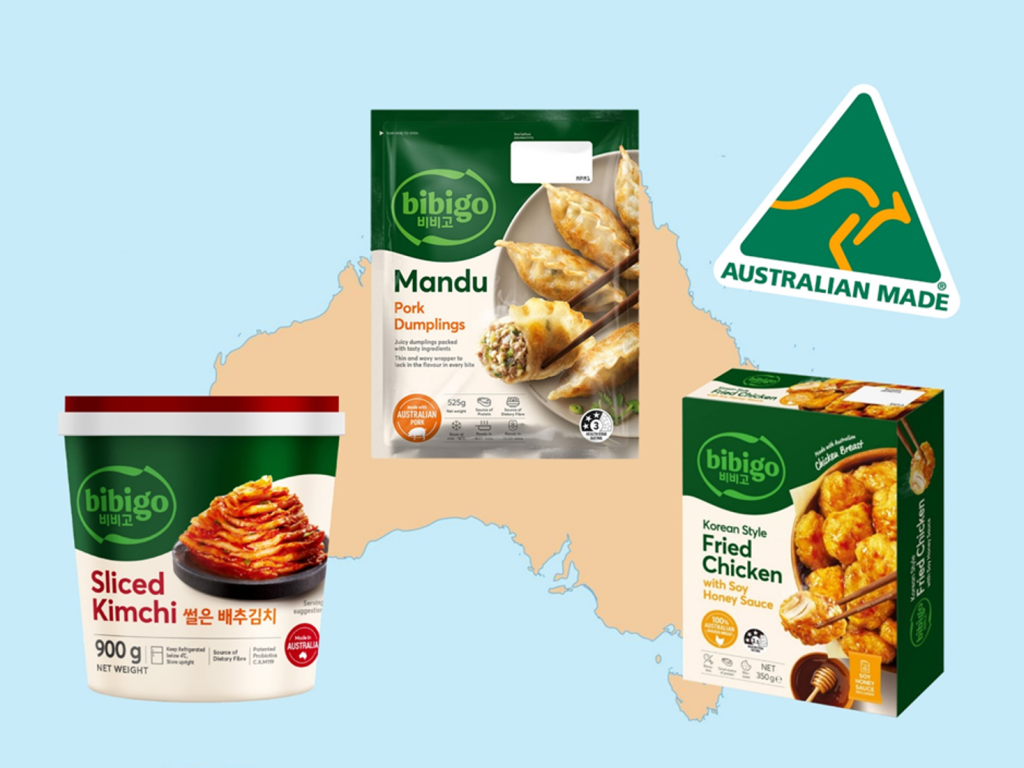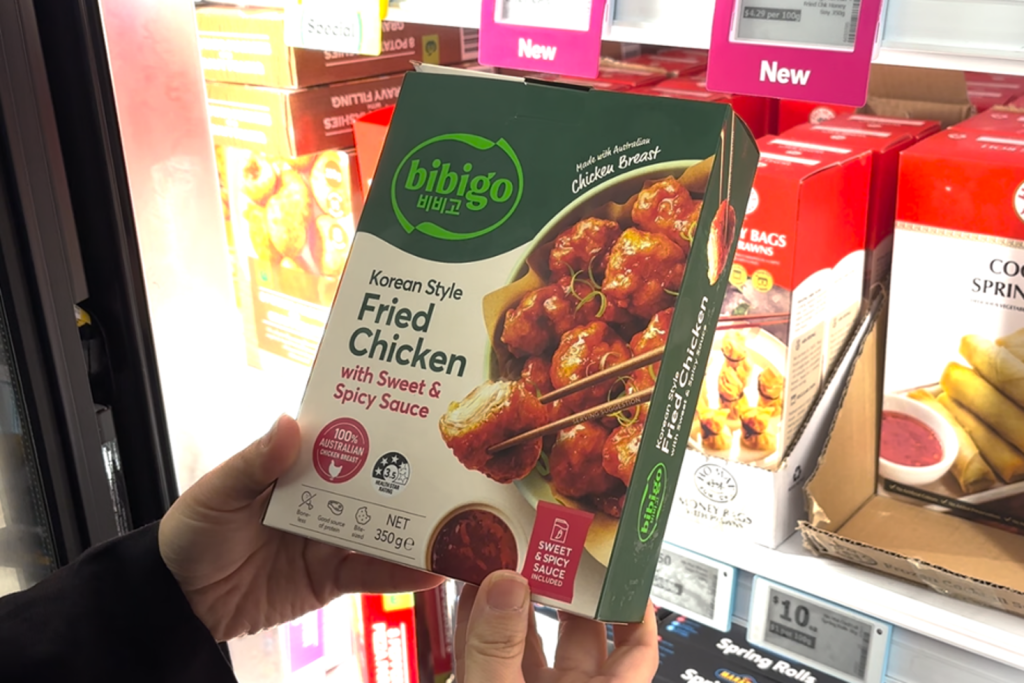Here’s how CJ Foods won over Australia with K-food!
CJ Foods is expanding its presence in Oceania.
The company expanded its lineup beyond its flagship bibigo Mandu to include Frozen Gimbap, Tteokbokki, Corn Dogs and other K-street food items. More recently, CJ Foods launched Korean Style Fried Chicken, further cementing bibigo’s status as a leading K-food brand.
Most notably, bibigo products are sold not only in the Asian food section but also in the main frozen food aisle. This signals that bibigo has moved beyond serving just local Koreans or other Asians— it is now part of the mainstream dining table for Oceania’s general public.
How did CJ Foods win over the taste buds of consumers in Oceania?

From Launch to No. 1 in Just Seven Months: The Power of True Localization
In 2019, CJ Foods established its Oceania office, choosing the region as a new stage for K-food. The decision wasn’t just about market size—it was a strategic move based on the unique characteristics of the Oceania market.
Australia is culturally diverse. With around 30% of its population born overseas, Australia has a significant immigrant presence. About 17% of the population is of Asian descent, reflecting Australia’s strong cultural openness. While the country is distinctly multicultural, one shared value across communities is a strong emphasis on health and sustainability.
Given these market traits, CJ Foods determined that bibigo, with its healthy image and high-quality flavor, was well-positioned to catch the attention of Australian consumers. In line with local consumer preferences for protein-rich and meat-based products, the company chose bibigo Mandu to lead its push into the Australian market.
CJ Foods made a bold move by choosing to produce bibigo Mandu in Australia. The decision was driven by strong consumer loyalty toward “Made in Australia” products. Not only did CJ Foods use fresh, locally sourced ingredients, but it also tailored the fillings with ingredients such as chicken and pork to suit Australian tastes, creating a sense of familiarity and connection with local consumers.
This localization strategy played a key role in strengthening bibigo Mandu’s competitiveness in the Australian market. After receiving positive feedback from buyers, bibigo Mandu made in Australia eventually made its way onto the main shelves at all locations of Woolworths, Australia’s number one supermarket chain.
Since the beginning of local production in 2023, bibigo Mandu has continued its rapid growth in Australia. Within just seven months, it claimed the top spot in the dumpling category at Woolworths. Revenue has grown rapidly as well. As of June, annual revenue had increased by 60% year-on-year, driving strong growth across Australia’s dumpling market.

From Big-Box Stores to Big-League Games, bibigo Is Everywhere!
Beyond local production, bibigo’s strategy to expand consumer touchpoints has been key to its rising popularity in Australia.
The brand focuses on securing distribution channels. Recently, bibigo products became available at IGA, a major supermarket chain in Australia. Combined with existing placements at Woolworths and Coles—the country’s top two retailers—bibigo is now sold in over 80% of Australia’s leading supermarkets.
This effort isn’t limited to Australia. CJ Foods is also expanding its presence across Oceania by listing bibigo products in major New Zealand retailers such as PAK’nSAVE and New World.
bibigo is actively creating opportunities for local consumers to experience its products. This year, it signed an official partnership with the Sydney Swans, the football team with the largest fan base in the region. A bibigo booth has been set up at the stadium, offering tasting events where fans can enjoy a variety of K-food.
bibigo is widely promoting its products through sampling stations across various retail channels. This approach is helping reshape consumer perceptions, positioning bibigo not as an exotic imported food, but as an easy, everyday meal option.

K-Food Goes Mainstream in Oceania
CJ Foods is set to deepen its reach in Oceania, with bibigo at the center of its push to capture local palates. The plan is to increase the share of local production and introduce a wider variety of K-food products that can be integrated into the everyday lives of local consumers. This is why bibigo and K-food are expected to take deeper root as everyday staples in the lives of Oceania consumers.











